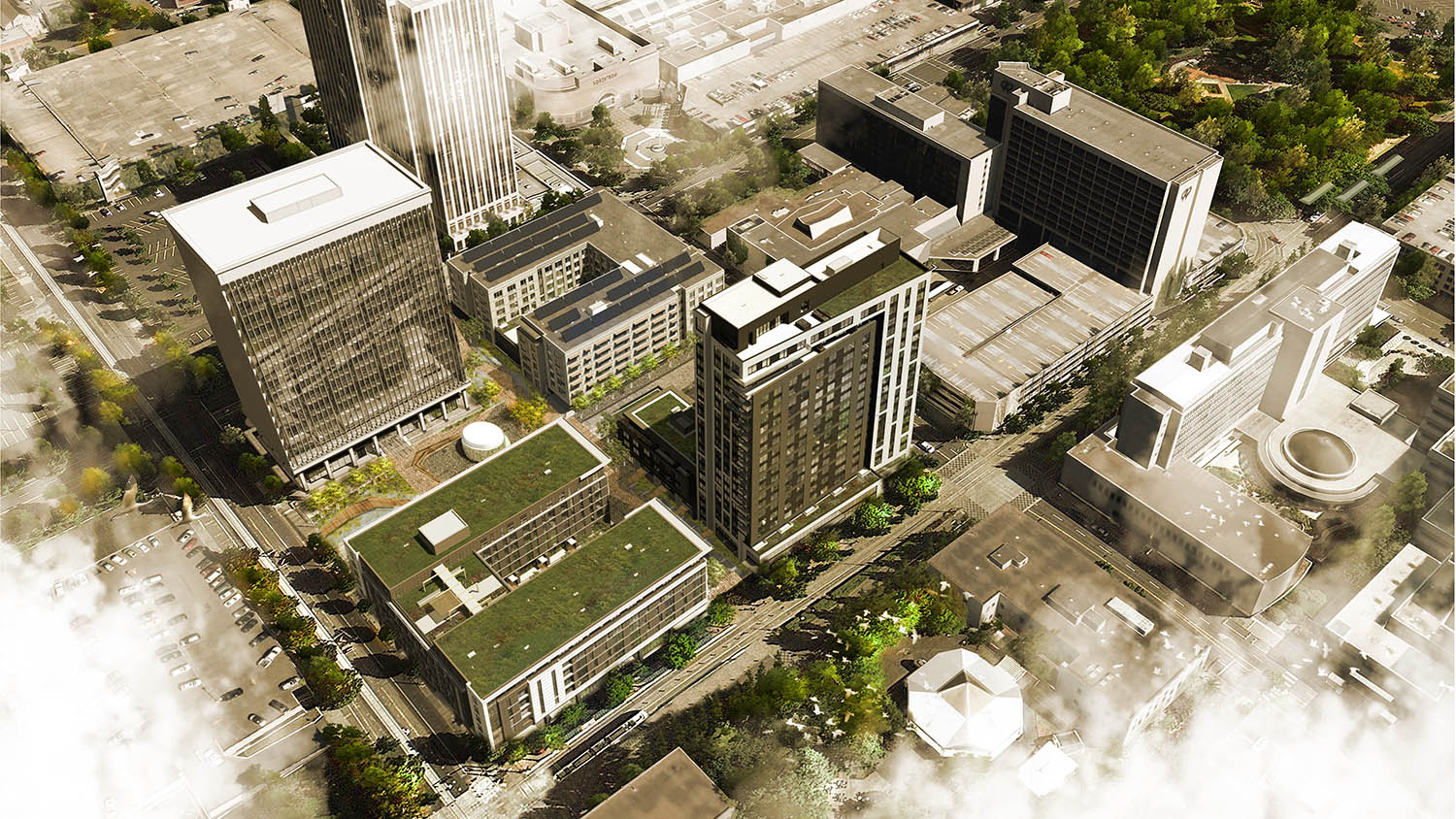To Design to Nature, Understand Function First
What is the function that you are designing for? That is the first question every engineer should ask when beginning a new project. The function of a ventilation, electrical, or plumbing system for example, must be understood up front or the resulting design will not truly serve the needs of occupants. Identifying the function, essentially tailoring the design to fit the needs of the user, is a key design criterion of green buildings. Interestingly, it is also a key design criterion of nature.
The Biomimetic Approach: From Function to Solution
Biomimicry is about “mimicking” functions in nature and the mechanisms behind them to provide solutions to human problems. Trained biomimicry practitioners, called Biologists at the Design Table (BaDT), understand the importance of designing to function first. Function is what guides a search of the natural world for solutions serving the same function. A BaDT may find solutions from natural forms, processes or at the system scale. For example, if the challenge is natural ventilation, the question might be: “How does nature circulate air?” Using the word “circulate” as the function, the BaDT might find solutions by studying how air circulates around the globe through temperature gradients and energy from the sun. An example of inspiration from a smaller-scale natural system is the Eastgate Centre building, located in the hot desert environment of Harare, Zimbabwe. The design for this naturally ventilated building was inspired by the way termites maintain a constant temperature in their mound by opening and closing vents and exhausting hot air via a tapered chimney.
Biomimicry applied to building design is an emerging practice, and there are few built examples, especially in the U.S. Prominent examples abroad include the Lavasa city development in India, the Ministry of Municipal Affairs & Agriculture building in Qatar, and designs by the London architecture firm Exploration. The lion’s share of biomimicry work is actually found in the product industry. Lofsee Co., Ltd. has created an exterior shading system that mimics the dappled light and cooling effects of a tree canopy. And, Arnold Glas has designed a high-performance window product that minimizes bird strikes due to a special coating that is visually prominent only to birds. There are more examples of biomimicry in the product industry because it’s easier to isolate the intended function of the design. For buildings, however, it is trickier since there are many interrelated systems at play. This system level of understanding is in its early stages of biomimicry application. But, biomimicry’s greatest leverage point may well be in large-scale developments, such as a blocks, districts or neighborhoods.
From Challenge to Opportunity
Our challenge and opportunity is to figure out how to scale-up the best green building practices to make the most efficient use of resources. Resources such as energy, water and materials essentially drive life on Earth and nature could teach us how to appropriately develop them. For example, we could study the forest canopy to figure out how to best develop distributed energy systems, such as solar photovoltaic panels, on neighborhood rooftops. Nature’s ability to scale the resource needs of a tree (akin to a building) and even an entire forest (akin to a neighborhood) could help us solve this puzzle, and the use of other resources, in a sustainable way.
Nature also holds solutions for better managing our water resources. For the Lloyd Superblock project located in Portland, OR, Glumac is working closely with a wetland scientist and bio-engineer to incorporate a Living Machine to recycle water from the block’s four high-rise buildings.

A Living Machine is a self-contained wastewater treatment system that mimics the cleansing function of wetlands. The Living Machine is on the border of biomimicry and bioutilization, which is the direct use of natural materials and processes. The system utilizes plants and organisms in different treatment stages to filter wastewater, but the design also mimics a larger system of water recycling from nature.
Application at Glumac
Glumac is keenly interested in biomimicry. Our engineers are interested in the mechanics of what makes systems work independently and together. The pumping action of the human circulatory system or the Earth’s ability to move air and balance temperature, for example, holds secrets to designing great buildings. A new understanding of how nature designs to scale is teaching us how to effectively design systems larger than the building. What we find is the necessity to closely collaborate with new disciplines. As a result, Glumac now employs contractors, architects, biologists and planners to broaden the level of knowledge needed in the true study of systems.
We think biomimicry can also teach us a lot about the connections between nature and people. Whether in a natural or built environment, thermal comfort, light, and fresh air are essential to keeping humans satisfied. Realizing that nature functions more efficiently than the built environment, we are studying the systems in nature that help meet these needs. Going beyond sustainability, we also know that nature is regenerative, that organisms and ecosystems co-evolve in a net-positive relationship through renewal and reform. By following this model today, imagine what regenerative buildings we will design tomorrow.
Uncover nature’s best engineering models for your next project. To start, here are several resources: Biomimicry 3.8 offers a web portal called Ask Nature, a database with thousands of entries showing how various organisms perform design functions, and DesignLens offering visual guides that help you “think biomimetically.” For more information, contact me at [email protected].

